Top speed 193 km/h Length 5.49 m Cruise speed 121 km/h | Range 322 km Wingspan 7.32 m First flight 1968 | |
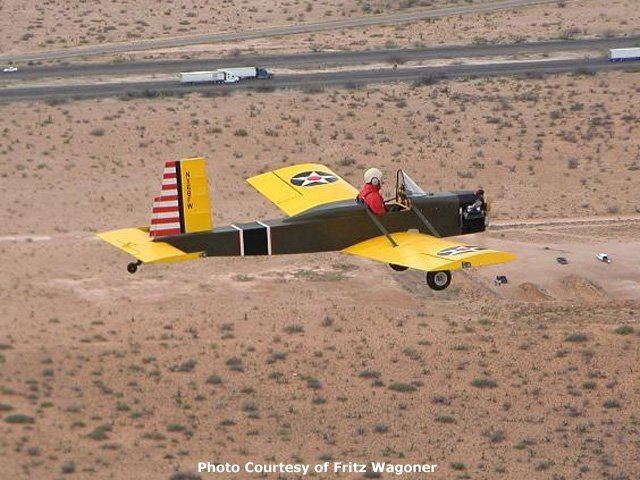 | ||
Engine type Volkswagen air-cooled engine | ||
Evans vp 1 volksplane
The Evans VP-1 Volksplane is an American designed aircraft for amateur construction designed by aeronautical engineer William Evans of La Jolla, California.
Contents

Design and development
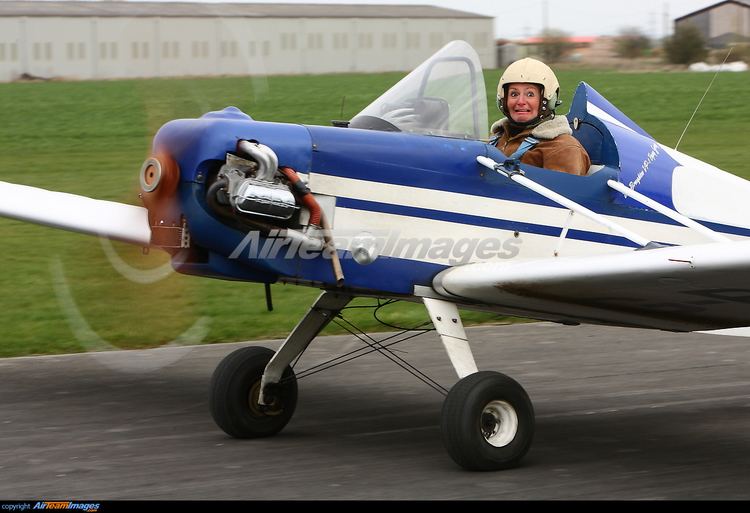
The VP-1 is an all-wood, strut-braced open-cockpit single-seat low-wing aircraft designed for amateur construction. Designed to be simple to build and safe to fly, performance and appearance is of secondary importance. To make construction simple marine grade plywood is used for the slab-sided fuselage structure.
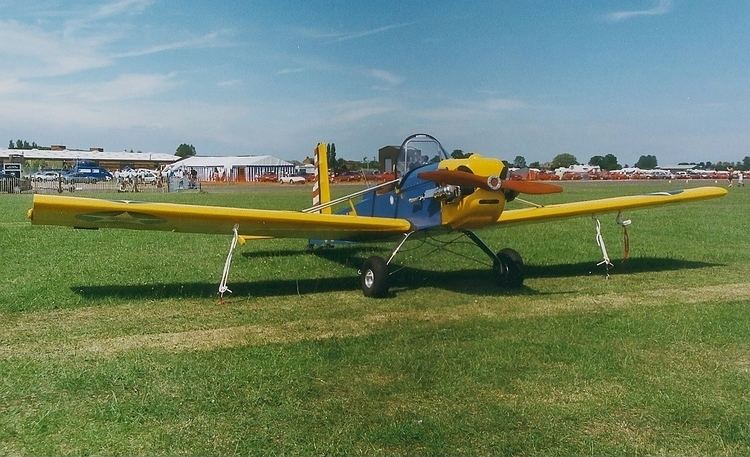
The Volksplane first flew in 1968. The wings were designed to be detachable to allow the aircraft to transported by road.
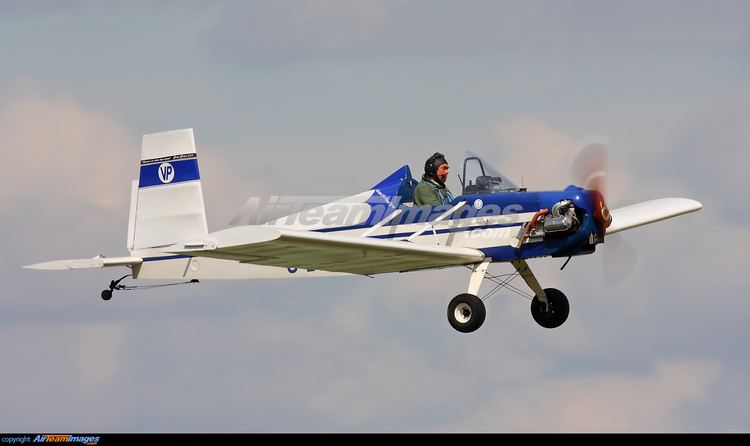
The VP-1 was designed specifically to utilize a modified VW Type 1 automotive engine from the VW Beetle. The fuselage is built in a warren truss arrangement where the exterior plywood takes the diagonal stress loads, therefore eliminating the diagonal members to maintain simplicity. The vertical and upright members are staggered to keep the joints as simple as possible. The wing is of a forward and aft blank spar design which uses stack-cut plywood ribs of equal size in order to keep construction time down. The ailerons are hinged directly behind the aft spar. For simplicity no flaps are provided. The wings and tail surfaces are fabric covered.

Because the design lacks aerodynamic refinement it requires more power than most aircraft its weight to fly. Some builders have altered the fuselage design to improve the aerodynamics and aesthetics.
The design was developed into a two-seat version, the Evans VP-2, with an enlarged cockpit.
Variants
Specifications (VP-1 - 40 hp engine)
Data from Jane's All The World's Aircraft 1982–83
General characteristics
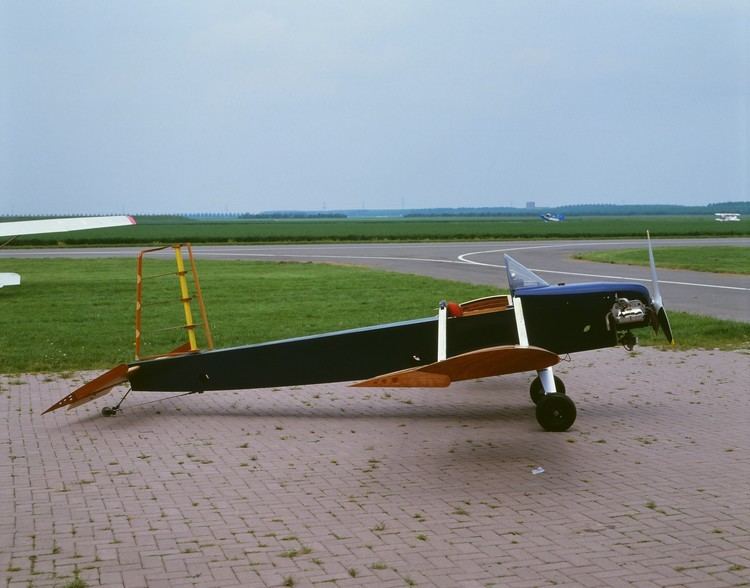
Performance
